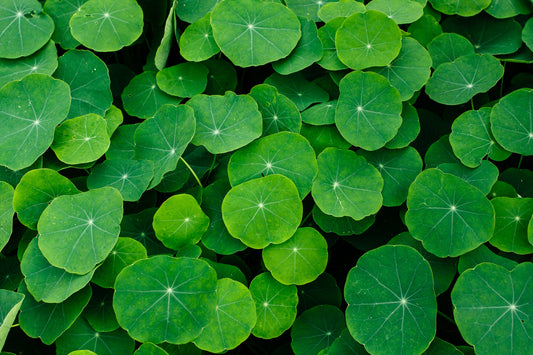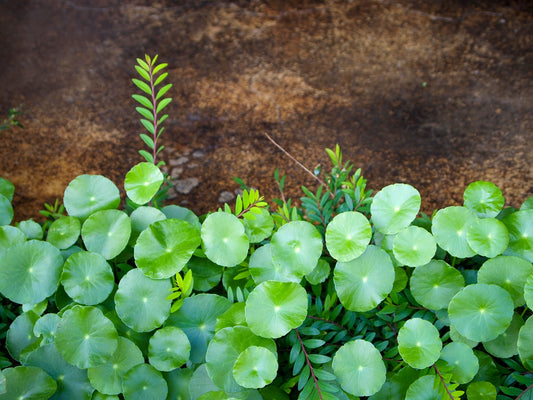Articles

The Gotu Kola Hair Benefits
If you are searching for organic methods for growing strong, rich, and long hair, you might have come across the advice of Gotu kola hair benefits. Even though this plant...
The Gotu Kola Hair Benefits
If you are searching for organic methods for growing strong, rich, and long hair, you might have come across the advice of Gotu kola hair benefits. Even though this plant...

Gotu Kola Skin Benefits
Gotu kola or known as centella asiatica, also known as "Brahmi" in Sanskrit, is a herb that symbolizes "knowledge," and if it were to take the form of a human,...
Gotu Kola Skin Benefits
Gotu kola or known as centella asiatica, also known as "Brahmi" in Sanskrit, is a herb that symbolizes "knowledge," and if it were to take the form of a human,...

Gotu Kola Seeds
Centella Asiatica, often known as gotu kola, is a widespread perennial herb that may be found all over the globe, notably India, South Africa, Sri Lanka, China, Australia, Indonesia, and...
Gotu Kola Seeds
Centella Asiatica, often known as gotu kola, is a widespread perennial herb that may be found all over the globe, notably India, South Africa, Sri Lanka, China, Australia, Indonesia, and...

Why Use Gotu Kola For Skin?
Have you wondered why others use Gotu kola for skin? Are you starting to notice fine lines and wrinkles on your face? To radically transform their skin, apply Gotu kola,...
Why Use Gotu Kola For Skin?
Have you wondered why others use Gotu kola for skin? Are you starting to notice fine lines and wrinkles on your face? To radically transform their skin, apply Gotu kola,...

What Is Gotu Kola Leaf?
What is Gotu kola leaf, and why are many people considering applying it to their body and hair?Gotu kola, Centella Asiatica, is a leafy herb native to India and Asia....
What Is Gotu Kola Leaf?
What is Gotu kola leaf, and why are many people considering applying it to their body and hair?Gotu kola, Centella Asiatica, is a leafy herb native to India and Asia....

What Are The Benefits Of Gotu Kola For Hair?
Gotu kola is an important ingredient in conventional Indonesian, Chinese, and Herbal remedies called by many an "herb of longevity." Numerous research supports claims made by practitioners that the plant...
What Are The Benefits Of Gotu Kola For Hair?
Gotu kola is an important ingredient in conventional Indonesian, Chinese, and Herbal remedies called by many an "herb of longevity." Numerous research supports claims made by practitioners that the plant...
